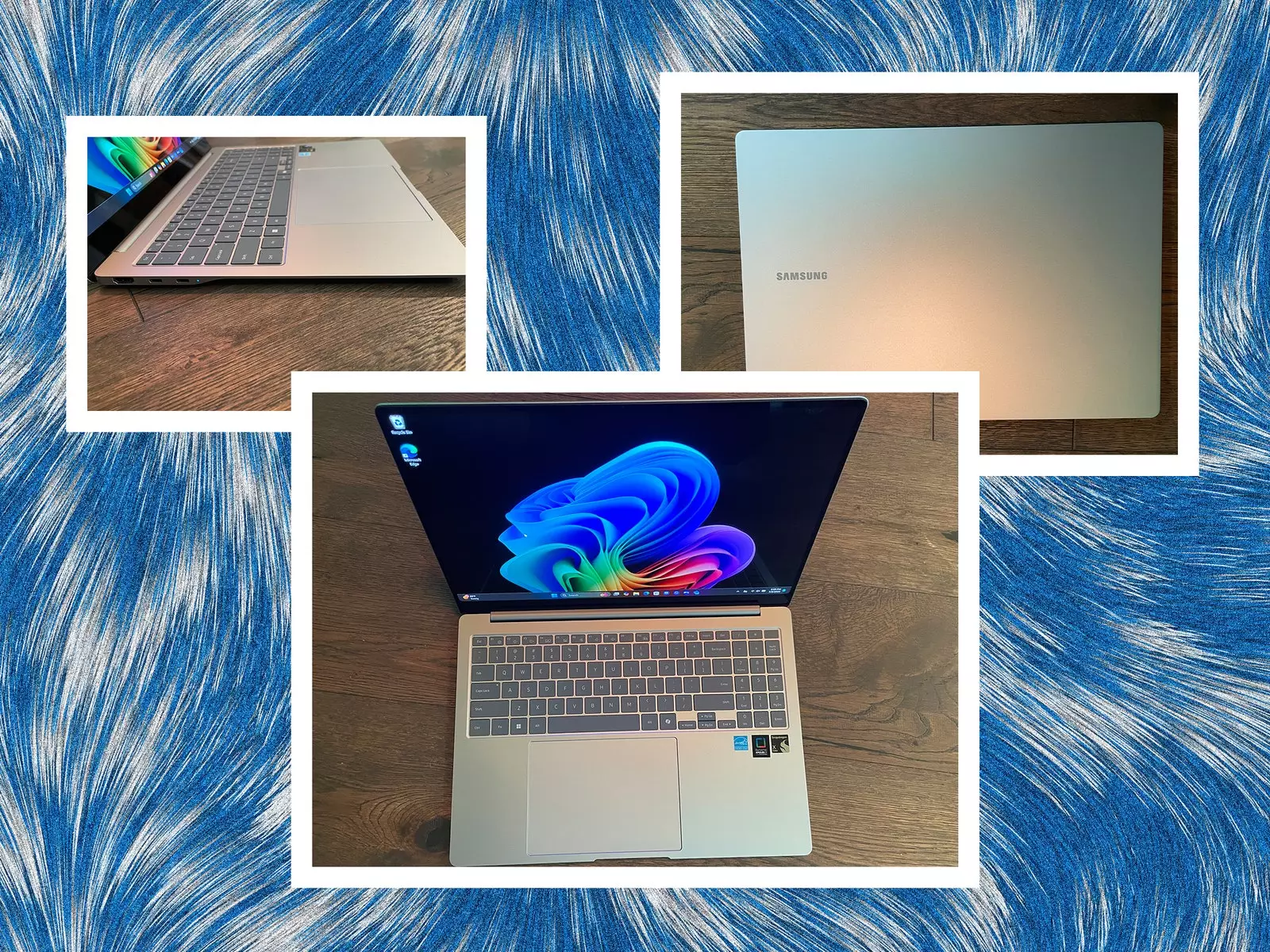In the ever-evolving landscape of personal computing, Copilot+ PCs have emerged as a robust option, particularly catering to those whose primary requirement revolves around general business applications. Users can seamlessly run Microsoft Office, various web browsers, and other widely-used software, giving these devices a competitive edge. When it comes to benchmarks, Copilot+ PCs frequently surpass their Intel and AMD counterparts at similar price points. This performance boost can largely be attributed to the efficiency of ARM CPUs, which are engineered to consume less power. This efficiency typically ensures an impressive battery life across the Copilot+ range, a significant consideration for users always on the go.
However, despite these advantages, the introduction of ARM architecture into the Windows ecosystem raises critical challenges. For multiple decades, Windows has been largely developed for x86 chips, and shifting to ARM requires extensive code rewriting—an arduous task given the thousands of applications available. While Microsoft’s Prism emulator addresses some issues by bridging the disparities between x86 and ARM codes, it does not cover all bases. Consequently, several applications remain incompatible, and those that do run may require emulation, which often results in reduced performance. The lack of a definitive guide to app compatibility further complicates matters, leaving users in the dark regarding what will work and what won’t.
As users begin integrating Copilot+ PCs into their workflow, they may soon encounter compatibility issues that could derail their productivity. For instance, numerous specialized applications, particularly VPNs and various gaming software, often face significant hurdles or do not function effectively at all. Mainstream applications such as Google Drive for Desktop are absent from the ARM architecture support list, and standard Windows benchmarks also may fail to run, complicating performance evaluations against traditional x86 machines.
This situation reminds us that while Copilot+ PCs shine in core performance and battery life, the moment users venture beyond basic tasks, they may find themselves grappling with compatibility concerns. Gamers and professionals requiring GPU-intensive applications like video editing will likely find the Copilot+ line less than ideal. The integrated GPU, based on the Snapdragon chipset, falls short when compared to the dedicated graphics capabilities of Intel and AMD systems, further emphasizing the limitations for users who demand robust graphics performance.
Despite the aforementioned drawbacks, it’s important to consider the trade-offs that Copilot+ PCs present. They are undoubtedly a boon for users seeking long-lasting battery life. These machines cater specifically to individuals who appreciate efficiency without demanding high-performance capabilities. Features such as the remarkable Live Translate showcase some of the innovative potential embedded within Copilot+ PCs. However, there exist functionalities that may simply appear gimmicky to more skeptical users.
The question arises: will features like Recall become essential tools, or will they raise privacy concerns among certain user demographics? As we delve deeper into the implications of AI integration in everyday computing, it remains to be seen how these features will evolve and how they will be received by the broader market.
Copilot+ PCs should be evaluated not just on their immediate specifications but also on their potential to fit into varying use cases. As anticipation builds for future iterations powered by Intel and AMD, it is essential for consumers to approach these devices with informed caution. While they excel in battery longevity and basic functionality, their performance crumbles under specialized demands.
Prospective users should therefore weigh their computing needs carefully. If your workflow hinges upon specialized applications or high-performance graphic tasks, you may be better suited exploring conventional x86 laptops. Nevertheless, for those seeking reliable everyday computing capabilities with exceptional runtime, the Copilot+ series could be the answer, albeit with an understanding of its inherent limitations. As technology progresses, these devices may serve as a bridge to a more versatile computing future, but for now, they present both remarkable benefits and notable constraints.


Leave a Reply